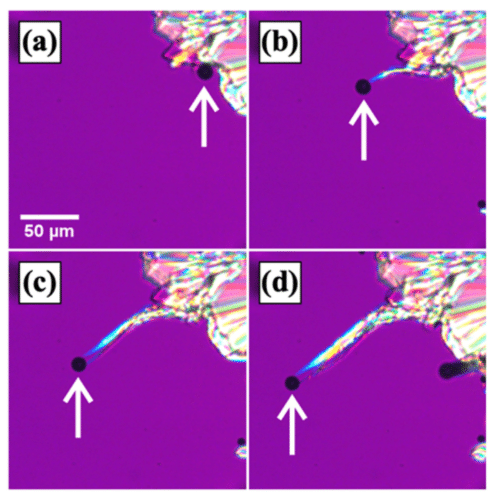Tokyo Metropolitan University researchers have figured out the process underlying the quick development of ultra-thin nanowires or “whiskers” in organic substances. Understanding how these “whiskers” develop is essential for applications since nanowires are both a desirable technical advancement and a risk when they short electronics.
Nanowires are extremely thin crystalline filaments with exciting new uses in electronics, catalysis, and energy production. Additionally, they could develop accidentally in undesirable locations, bridging insulating barriers and shorting electronic circuits. Understanding how they grow is a significant technological challenge, but the precise mechanism is still a mystery.
Professor Rei Kurita, Assistant Professor Marie Tani, and Takumi Yashima from Tokyo Metropolitan University have been examining crystal growth in the common organic compounds o-terphenyl and salol. These two substances both exhibit “whisker crystals,” which are thin filaments that grow quickly from crystalline fronts when the material is cooled. They examined the filaments closely and found that each had a little bubble at the tip.

They were able to demonstrate that this bubble was indeed a little capsule of gas made of the same organic substance rather than just an impurity or air mixed in. A radically different scenario from the typical depiction of freezing in liquids was observed, as molecules in the liquid transferred to the gas inside the bubble before being linked to the tip of the filament, as opposed to simply depositing onto a rising front as in typical crystal formation. As a result, nanowires grew at an incredibly rapid rate.
The scientists discovered that the significant density differential between the crystal and liquid in these compounds played a role in the bubble production itself. When they repeated the trials in liquids with smaller differences, they discovered no whisker growth. They reasoned that the crystalline front was likely to have significant density inhomogeneities, which would eventually cause cavitation—the spontaneous creation of gas bubbles that eventually give rise to whiskers.
To prevent cavitation, a little quantity of impurity was introduced to the material. As bubbles subsided, the whiskers followed suit, allowing for the slower but whisker-free formation of sizable chunks of homogeneous crystallisation. The team’s study provides novel ways to grow nanofilaments for technological applications and new methods to protect electronics and batteries from potentially dangerous shorts caused by whisker crystals.
Click here to view their study.






